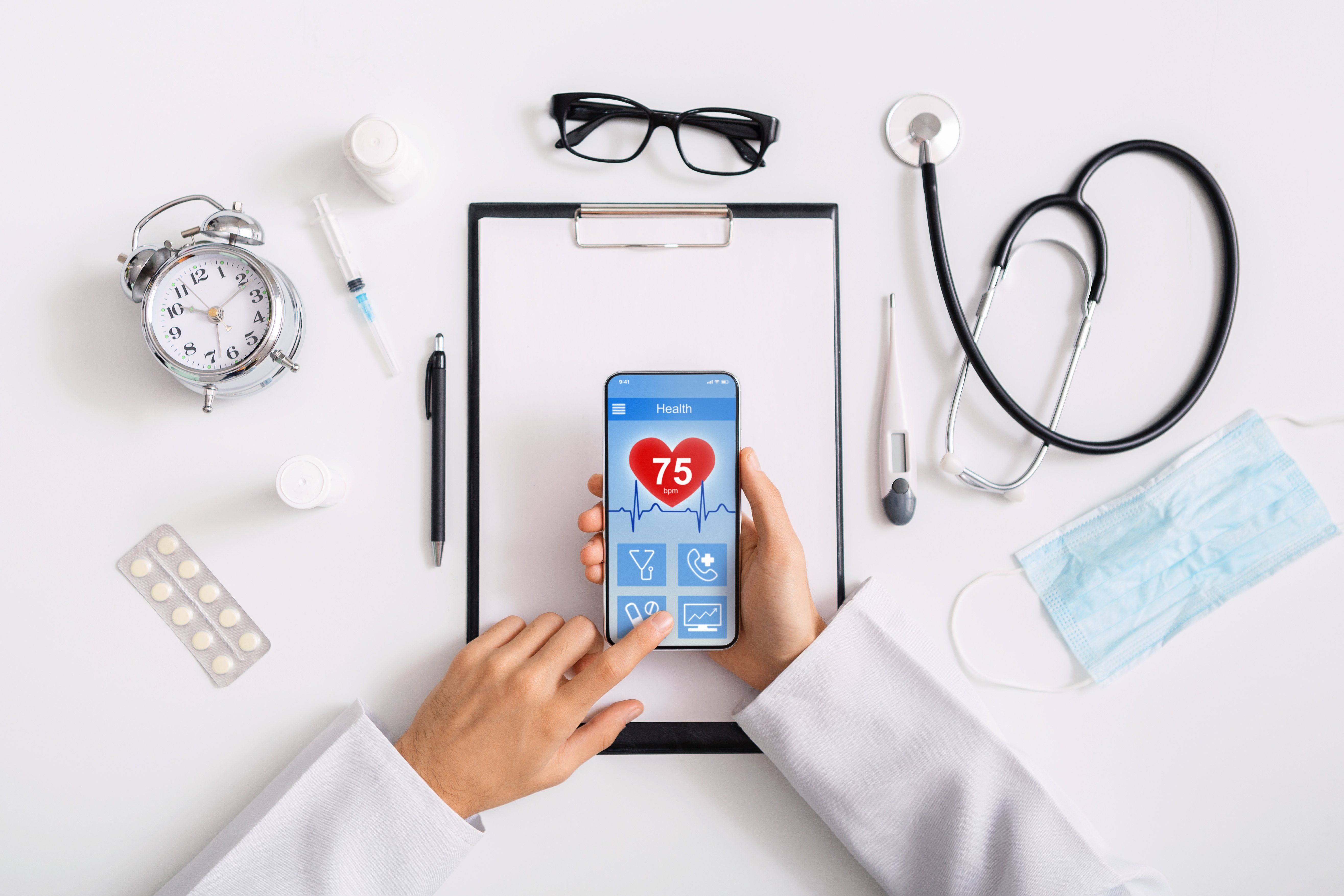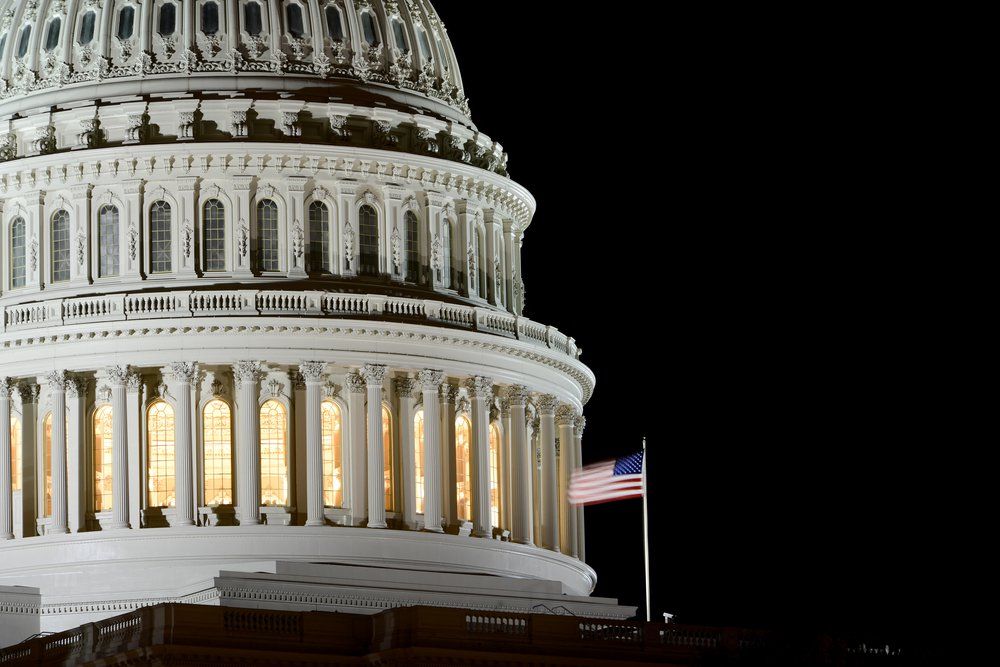Article
Text connections for telehealth eliminate virtual waiting rooms for physicians, patients
Author(s):
“Untethered” method, used by restaurants and airlines, leads to earlier appointments and time savings in clinic.

Text messages that connected physicians and patients for telehealth appointments led to earlier online meetings and time savings in a trial last year.
Researchers at UC San Diego Health found the method eliminated time that doctors and patients spent staring at blank screen virtual waiting rooms, cutting out “a huge dissatisfier” for patients while improving efficiency and gaining flexibility.
The study “Tele-Untethered: Telemedicine Without Waiting Rooms” was published in the journal Quality Management in Health Care.
From May to July 2021, 22 patients were scheduled for evaluation in eight consecutive stroke clinic sessions. Among them, 16 opted for the “Tele-Untethered” experience and six chose “standard telemedicine” time slots.
For tele-untethered appointments, the clinic used the program Doximity to send text messages with video links to patients’ mobile devices, letting them know their physician was ready. With that method, 55% of all patients were seen prior to the scheduled appointment time, no patients were seen later than the scheduled time and there were actual savings of 55 minutes per session, totaling seven hours, 22 minutes, the study said.
The technology already is used to connect customers and businesses in the airline and restaurant industries, Brett C. Meyer, MD, co-director of the UC San Diego Heath Stroke Center, and clinical director of telehealth at UC San Diego Health, said in a news release. Patients also are more used to “on demand” care, the study said.
Meyer noted the old patient-communication strategy was complicated because the device that staff would call to inform of a delay, usually was the same device patients were using for video visits.
“Overall, the text method makes life so much easier for patients. As long as a patient has a smartphone handy, they can go about their day rather than waiting for the provider to join the video visit,” Meyer in the news release. “For the provider, it definitely increases flexibility and may even increase throughput. Additionally, texting decreases the anxiety of a provider who may be running late. Knowing that we are not keeping a patient waiting is, in my mind, the most important thing. We respect that patients have obligations and their time is precious as well, and we don't want to keep them waiting.”
The pilot program took place in a low volume clinic with an average patient age of 64 years, but the scheduling flexibility “should be potentially ideal for patients whether in retirement age or young and busy professionals,” the study said
Due to the small study size, it was unclear what specialties would benefit most from the technique and how it would save time for larger operations. “Lesser time savings for busier clinics would be predicted, though still of significance for providers,” the study said.
UC San Diego Health is expanding the telehealth untethered option to various high-volume primary and surgical care clinics in summer 2022.
“We stepped back and asked, ‘Do we need a virtual waiting room at all? Can we let patients know when their provider is available instead of making them wait online?’” study coauthor Emily S. Perrinez, RN, MSN, MPH, director of telehealth operations at UC San Diego Health, said in a news release. “The reality is that wait times and lack of timely communication both correlate with patient experience. Real-time text notification that the provider is ready improved patient satisfaction and this experience is the kind of feedback we love to see.”





